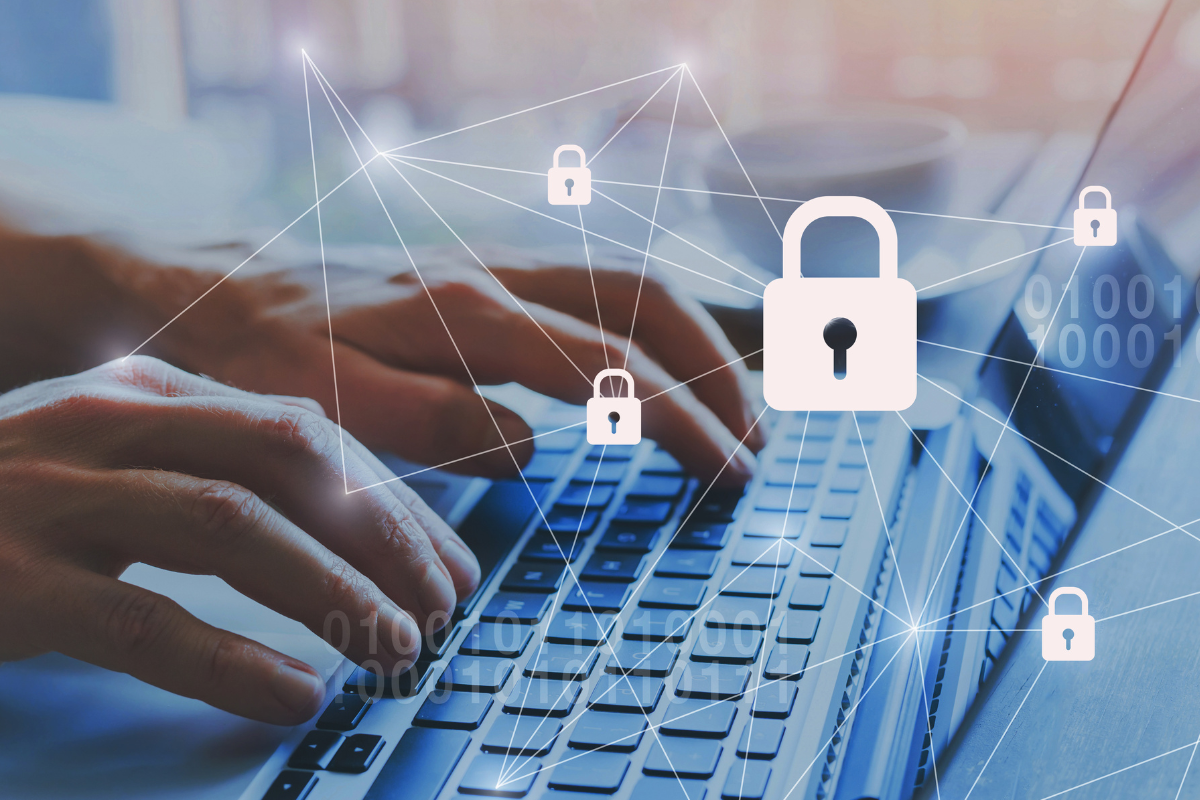Cyber Resilience Checklist: How to Boost Confidence in the Face of Disruption
Learn about the concept of cyber resilience, why it is now a major focus for organizations, and explore effective strategies to become truly resilient.
Business Continuity, Cybersecurity, Disaster Recovery


The ever-evolving threat landscape has made it imperative for businesses to focus on and prioritize cybersecurity. Breaches are becoming more frequent, sophisticated, and costly, with some businesses losing millions of dollars in damages and reputational harm. IBM’s 2022 Cost of a Data Breach Report outlined that 83% of organizations have had more than one breach and that the average cost of a breach is now $4.35 million.
The stark reality of these threats has led to a shift in recent years, where many organizations are now taking a proactive vs. reactive approach to security. Along with this proactive shift, is a focus on cyber resilience. In this blog, we’ll delve into the concept of cyber resilience, why it is now a major focus for organizations, and explore some effective strategies that businesses can implement to become truly resilient.
Cyber Resilience vs. Cybersecurity
Cyber resilience refers to an organization’s ability to anticipate, withstand, and recover from cyberattacks or other incidents that disrupt its operations or damage its reputation.
Cybersecurity, on the other hand, focuses primarily on preventing cyber threats in the first place. It is defined as the protection of computer systems and networks from attack by malicious actors that may result in unauthorized information disclosure, theft of, or damage to hardware, software, or data, as well as from the disruption or misdirection of the services they provide.
Cyber resilience, therefore, encompasses not only traditional cybersecurity practices such as firewalls, intrusion detection systems, and encryption, but also broader risk management approaches that address business continuity, disaster recovery, and crisis management. It involves identifying potential vulnerabilities and developing plans to mitigate them, as well as regularly testing and updating those plans to ensure their effectiveness.
The goal of cyber resilience is to recover quickly from an incident and maintain business operations. This involves a comprehensive approach including planning, training, and testing to ensure that an organization can withstand and recover from cyberattacks and other incidents. It requires a combination of technical, organizational, and human factors to be effective. Cyber resilience recognizes that no organization is completely immune to threats, emphasizing the importance of being able to respond quickly and effectively to incidents, minimizing their impact, and recovering as soon as possible
Steps to Boost Cyber Resilience
Just like with traditional cybersecurity, there are key steps that can be taken to boost an organization’s cyber resilience and confidence that it will be able to recover from a threat or disruption:
- Conduct a risk assessment: A comprehensive risk assessment can help organizations identify potential vulnerabilities and threats to their systems and data. This can inform the development of a cybersecurity strategy that prioritizes risk mitigation and resilience.
- Develop a cybersecurity strategy: A cybersecurity strategy should be comprehensive and tailored to the organization’s specific needs and risks. It should include measures to prevent, detect, and respond to cyber threats, as well as plans for business continuity and disaster recovery.
- Implement strong cybersecurity measures: This includes measures such as firewalls, intrusion detection systems, threat detection and response tools, encryption, access controls, and employee training. It is important to regularly review and update these measures to assess their effectiveness.
- Regularly test and update incident response plans: Incident response plans should be regularly tested and updated to ensure they are effective in the event of a cyberattack. This can include tabletop exercises, penetration testing, and vulnerability assessments.
- Ensure business continuity and disaster recovery plans are in place: Business continuity and disaster recovery plans should be developed and regularly tested to ensure that critical business functions can continue in the event of a cyberattack or other disruption.
- Develop partnerships with third-party vendors and service providers: Organizations should work closely with their vendors and service providers to validate the strength of the cybersecurity measures in place. This can include conducting regular audits and assessments of their security practices.
- Stay up to date with the latest threats and vulnerabilities: Cyber threats and vulnerabilities are constantly evolving, so it is important to stay current with the latest developments in the cybersecurity landscape. This can include attending conferences, participating in industry groups, and regularly reviewing threat intelligence reports.
You Have a Plan, But Can You Recover?
The fifth step, “Ensure business continuity and disaster recovery plans are in place”, is critical and should not be overlooked. As it happens to be our specialty here at Recovery Point, we’re going to dive a bit deeper into this step. Business continuity and disaster recovery planning is an important part of a comprehensive cyber resilience strategy because it can help organizations quickly recover from incidents and minimize the impact on their operations. By backing up critical data, developing a recovery plan, regularly testing the plan, and executing it effectively, organizations can ensure that they are prepared to respond to whatever disruption may arise. A point to emphasize here is that your DR plan is useful only if it works. Without regular testing and real-time visibility into what’s happening in an IT environment, your organization’s ability to fully recover its IT systems after a disaster or security incident may be grounded in untested assumptions and risky optimism. As the image below illustrates, as the time between tests increases, so does your risk factor.

For this reason, it’s important to have a regular testing schedule and to consider automating the process. With automated testing, the verification catches issues before they become problems, while avoiding human error and executing checks faster.
Next Steps: Don’t Wait to Start Developing Your Cyber Resilience Strategy
With the security threats to businesses showing no signs of abating, there’s no better time to get a handle on your security posture and strategy. If you need assistance building your resilience plan or evaluating your recovery capabilities, Recovery Point can help. Recognized as a leader by Gartner for the past 7 years, Recovery Point is the industry model for true end-to-end recovery and continuity solutions. We have the experts, the technology, and the platform to ensure resiliency and recovery across changing cyber threats and technology environments.
Our focus is on one goal and promise: to protect the performance of our clients’ businesses. By partnering with Recovery Point, you can be confident your organization is ready for any disruption. Reach out today to get started.
You Might Also Like
Contact Us
For more information please call 877.445.4333



